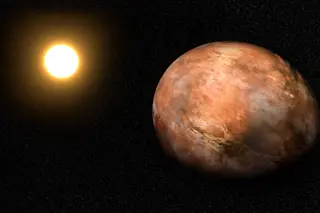Project MERCCURI Progresses.
Growth of Microbes is Documented for Analysis and Interpretation by UC Davis Scientists.
Now through December 12, on the International Space Station, astronaut Terry Virts is measuring the growth of microbes collected by citizen scientists from Philadelphia. This citizen science research, known as Project MERCCURI, investigates how microbes from different places on Earth compare to each other and to those found on the International Space Station. The microbes shot into space on a SpaceX Falcon 9 rocket in April of this year. The microbes rested in a freezer at -80°C until the testing began earlier this week. UC Davis has received confirmation that the microbes are now growing in space, and the team in the Microbiology Lab will soon analyze the data on the individual microbes to see which won the “Microbial Playoffs.” Scientists are looking for winning microbes in three different categories:
Best Sprinter: the microbial ...













